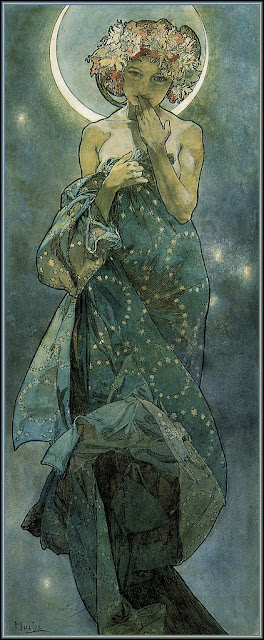big news: i've accepted a new job!
i'm thrilled to announce that i'll be staying in sydney for at least several more years, officially splitting my time as a research astronomer and the head of a new outreach office at the
australian astronomical observatory (AAO)!
i'm very excited about the possibilities in this new role. i look forward to continuing to investigate the unknown
aspects of the universe that intrigue me most, while helping my colleagues translate their research for general audiences, and
creating exciting events for us all to enjoy together. there are scientists who don't enjoy talking to about their research to
the public or students or politicians or the media, and that's ok, but i find myself
completely energized by it.
i've recognised over the last several years that my motivation and passion for astronomy is not just communicating research to seasoned scientists around the world. i also want to inspire people to harness their inherent curiosity about the world around them by sharing the thrill of scientific discovery. luckily, my
super science fellowship and current employers at AAO have been incredibly supportive of this desire.
the challenge i have faced in my recent search for the next satisfying stage in my career is that science communication is not a largely supported component of a scientist's professional responsibility. the academic realm demands high publication rates in professional journals, the successful acquisition of (more and more) external funding, and maybe teaching or other departmental work. positions are few and the competition is fierce.
researchers are
expected to give back to their community through science communication, visiting schools, giving public talks, etc., and the US's
national science foundation even requires an outreach component in grant applications, but these outreach activities are rarely acknowledged, measured or valued as more than an "added bonus" by potential employers.
in order to commit to outreach activities on a large scale, a scientist often has to "drop out" of research roles, which i apprehensively suspected i
might have to do this year. there are desperately few positions available that officially combine research and outreach (there were exactly two world-wide that i found in astronomy in the last 6 months). i see this as a shame. aside from the experience, passion, and deep understanding of the
science being communicated by an active researcher, lasting value comes from visibly encouraging
researchers to interact more with the public.
in addition to having well-prepared teachers in classrooms to teach occasional astronomy lessons to students, a memorable experience meeting an active
scientist, looking through a telescope or participating in a public
event with family can have an incredible impact, as i hear over
and over from people of all ages around the world.
a recent
US sequester has pressured NASA to
critically evaluate all public outreach and education programs. as far as i understand, all
NASA's outreach activities are currently suspended, but the extent of full cancellations are yet to be determined. this is such bad news. and this situation added an extra challenge for me this job round because i was originally hoping to move closer to my family in the US (to be fair, "closer" is anywhere that is not australia!). lucky for me, i will be able to see my family regularly, and thankfully, i have their full
support, but you can see how these career decisions only become more difficult with time, and
the entire field suffers the consequences.
i'm proud to hold this new position because i think it has the potential to set a positive example for the professional astronomical community by demonstrating the added value of a position involving both public outreach and scientific research. props to the AAO for creating such a position!
astronomy provokes
the potential of human imagination. we can share beautiful
astronomical images and science discovery stories to inspire people of
all ages to
harness their inherent curiosity about the cosmos and our place in it. i
will do my best to share this with as many people as possible.
but sadly, my time as an official
super scientist will come to an end later this year. i feel like i've made the most of it though,
sciencing with other supers and
wearing my cape whenever appropriate (or
almost appropriate?). i still have a ton of business cards so i might save them to give them out to anyone i might especially want to impress. ;)
so, aside from the fact that i'm not actually going to be the science correspondent on the daily show, this is as close to a dream job as i can imagine getting. thanks for your support, everyone!















































